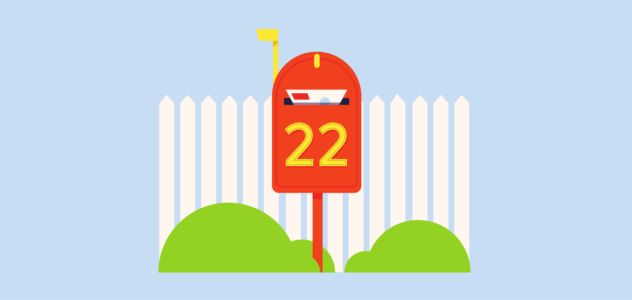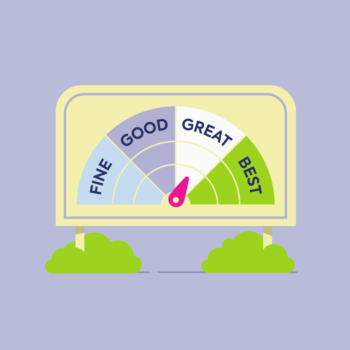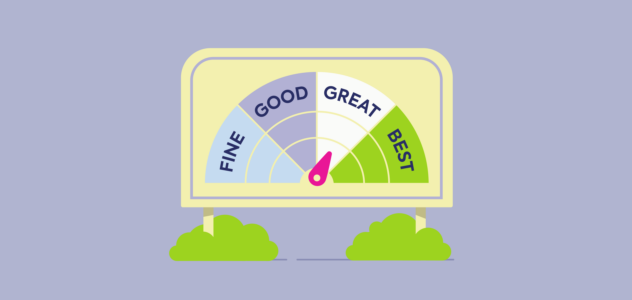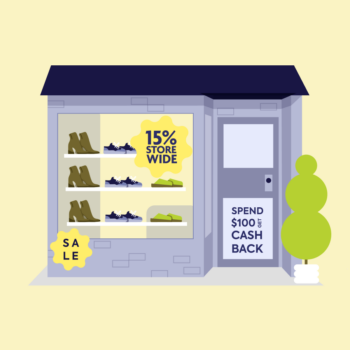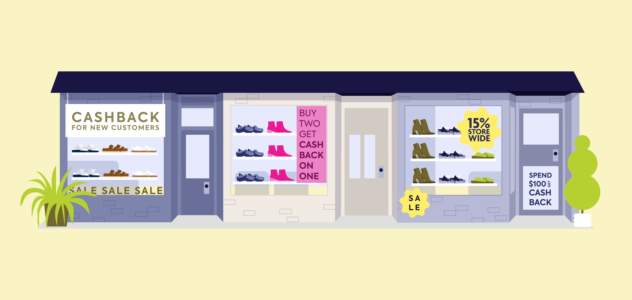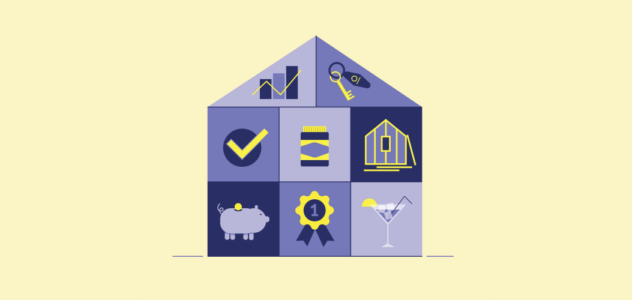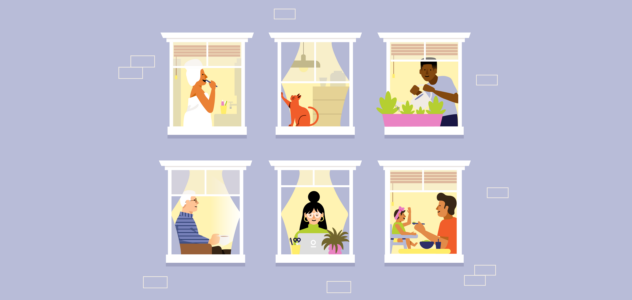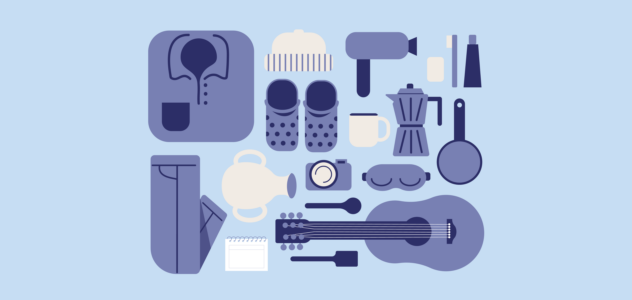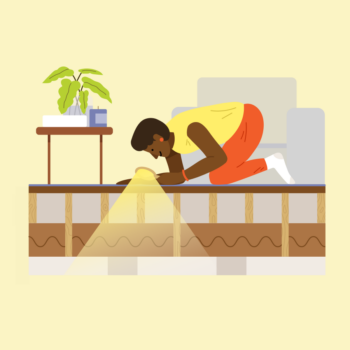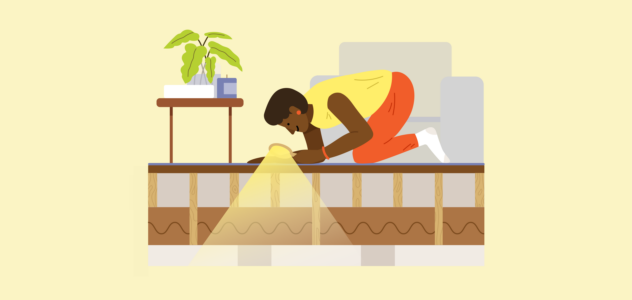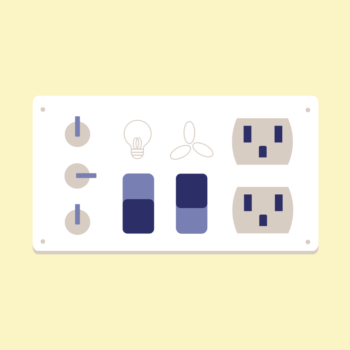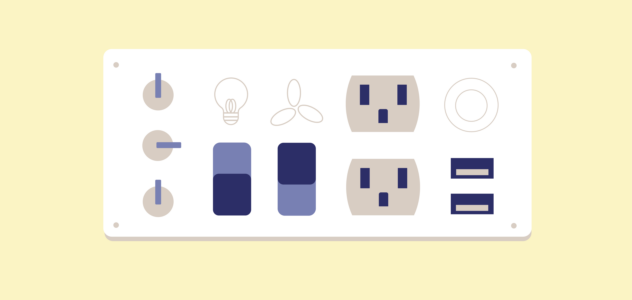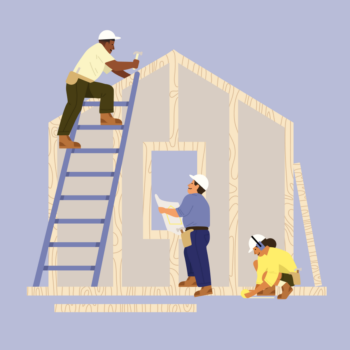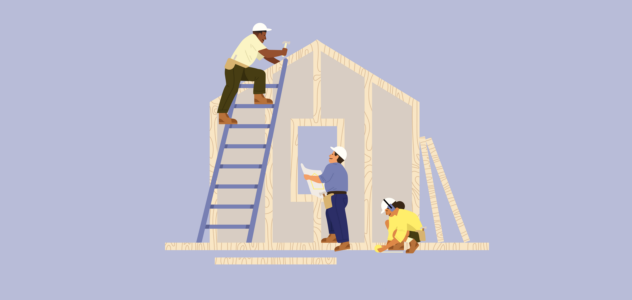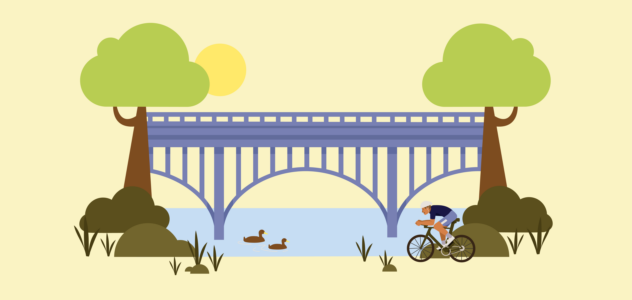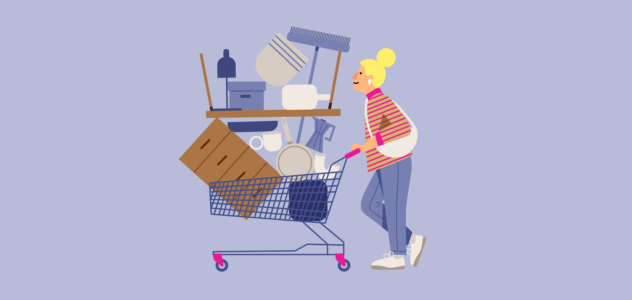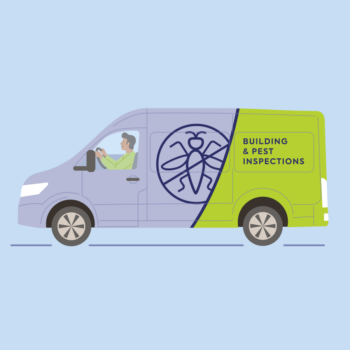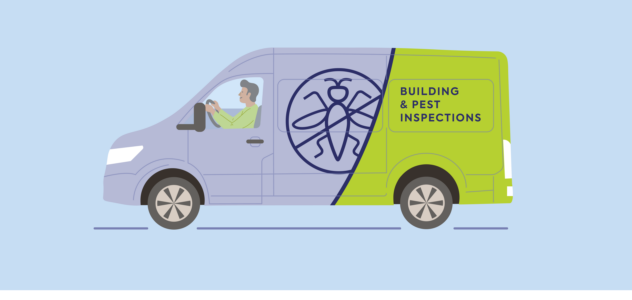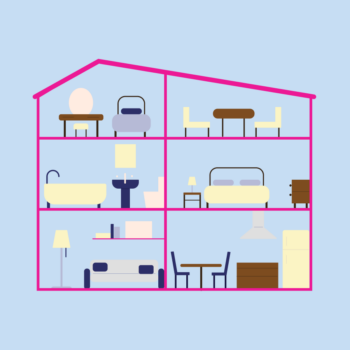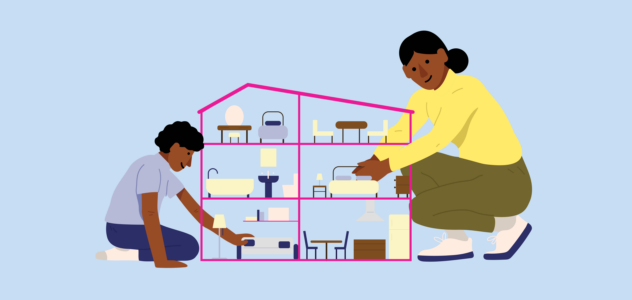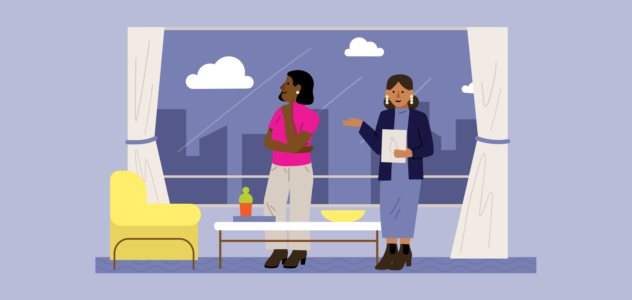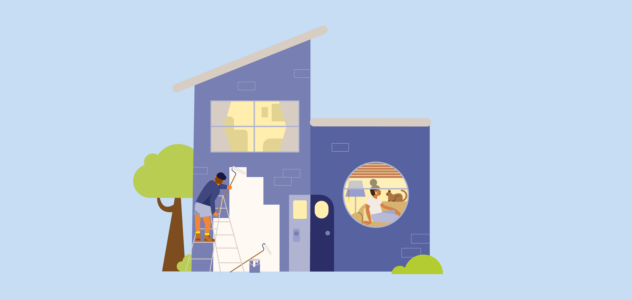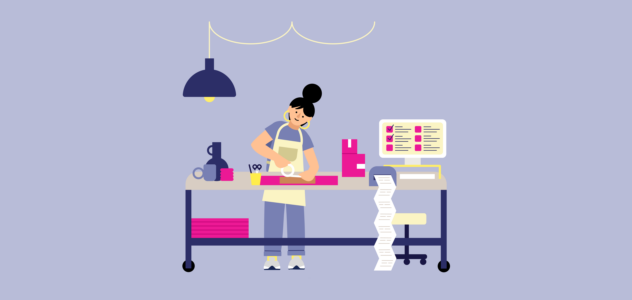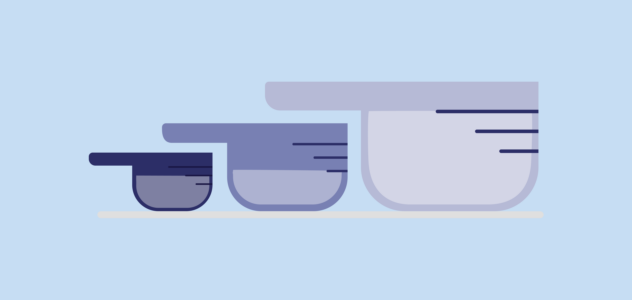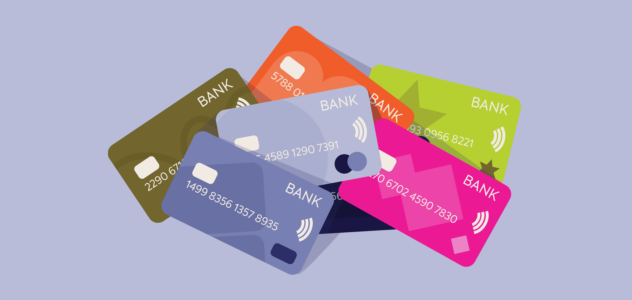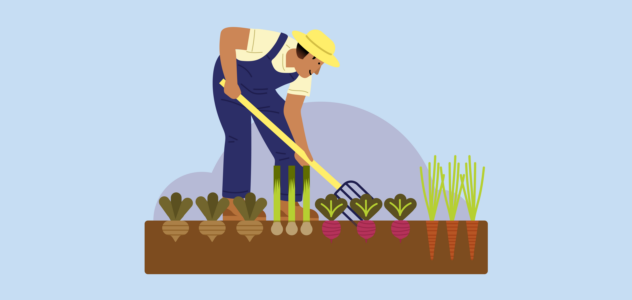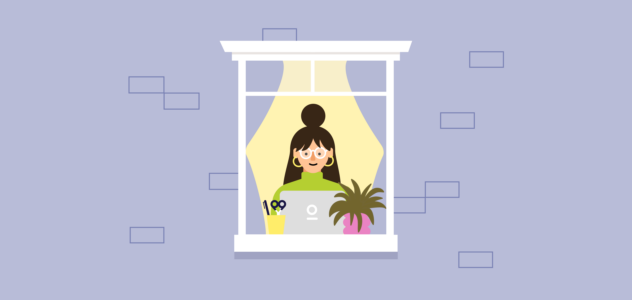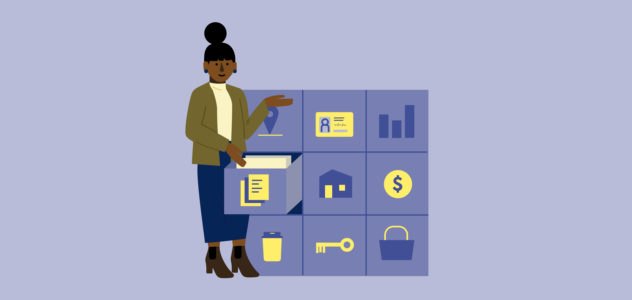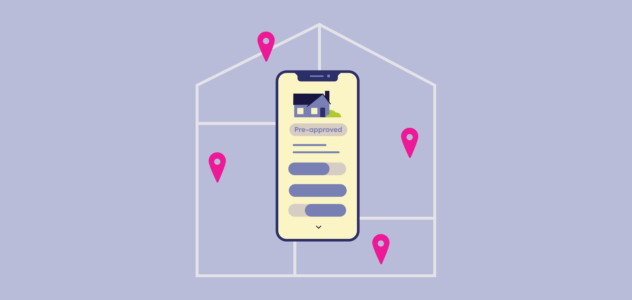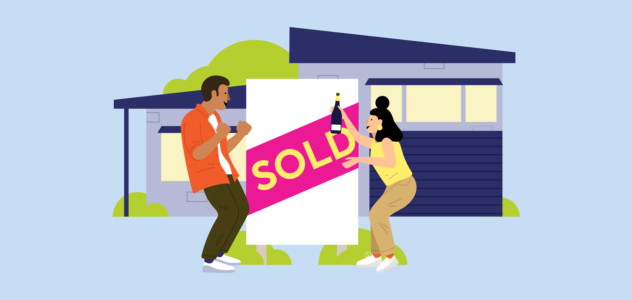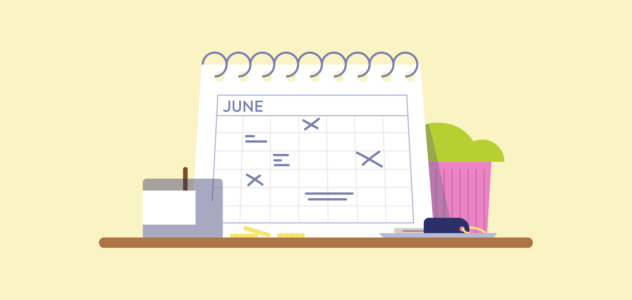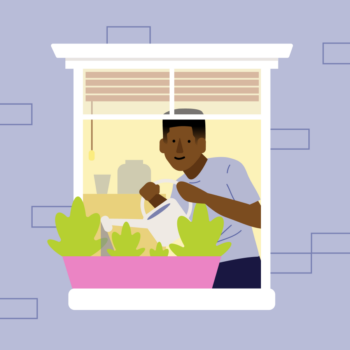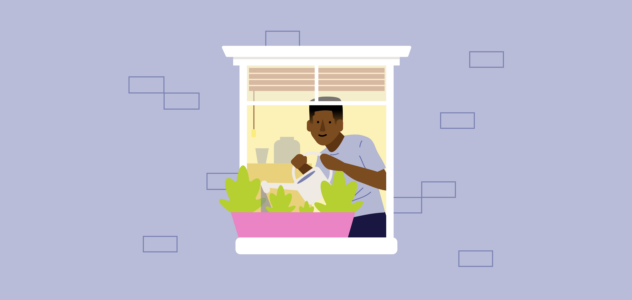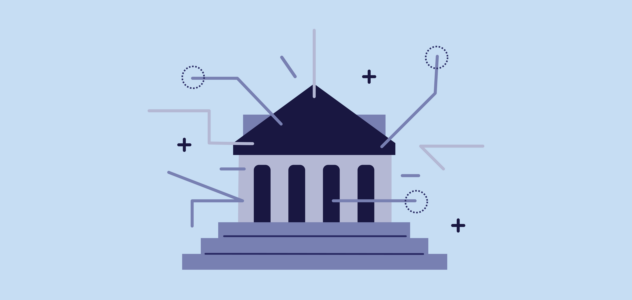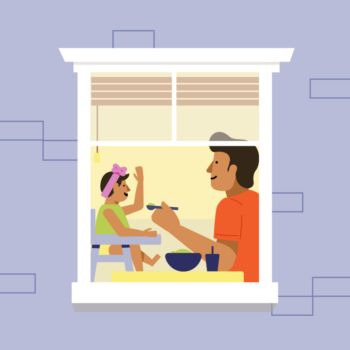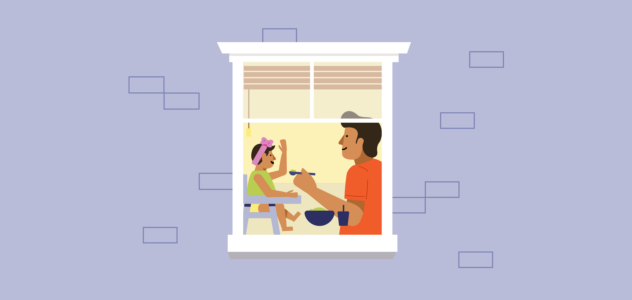Buy where you can afford, live where you want.
Sounds enticing, right? We’re talking about ‘rentvesting’ – an increasingly popular investment strategy where buyers purchase a property in an area that fits their budget, while renting in an area that suits their lifestyle.
So, what is rentvesting in Australia, exactly?
What are the pros and cons?
And can you really have your cake and eat it, too?
Rentvesting explained
But Finspo, why would anyone buy a property only to … continue renting?!
Sure, it may sound backward to some, but it’s incredibly enticing to others.
Rentvesting is often used as a strategy to get a foot on the property ladder, without sacrificing the lifestyle you love. For example, it’s common to purchase a property in a developing or regional or rural area (where prices are generally more affordable) while renting in a more desirable inner-city area (that’s often more expensive).
The icing on the cake? You can also use the income generated from your investment toward your rent (booyah). And in some ideal scenarios, rentvestors may even sell their property down the track at a capital gain (AKA for more than they bought it for) and use this profit to upgrade to another property in a more desirable location.
But with every savvy investment strategy, there are risks and considerations. Rentvesting is no exception.
Let’s weigh up the pros and cons.
Rentvesting pros and cons
Benefits of rentvesting
- Live where you want
Imagine being able to live in your hipster rental in Brunswick and become a property owner – it really is a way to have your cake and eat it, too.
- Get a foot on the property ladder
This first home buying stuff is hard. Rentvesting is a way to get into the property market without, you know, sacrificing the stuff you love (like living in an area with UberEats).
- Freedom to move around
City living? Coastal sabbatical? When you’re not tied to a home loan you may have a bit more freedom and flexibility to move around.
- You might experience capital gains
If you invest wisely, you might reap the benefits of capital gains. That is, the increase in value of an asset between the time you buy it, and the time you sell it. You could then use these capital gains to upgrade to a property in a more desirable location for you.
- You might enjoy tax benefits
Since it’s considered an investment, you may be able to claim tax deductions on things like interest charges, rental costs, fees and depreciation.
Downsides of rentvesting
- There’s always a risk
Ah, what would a savvy financial strategy be without risk? Just like you might experience capital gains, you might also experience a capital loss (when you sell the property for less than you bought it for).
- If you sell, you may need to pay capital gains tax
What we mean by that is you’ll get charged tax on any profit (AKA capital gains) you make from the property sale. Just like your income – the more you make, the more you’ll likely need to pay.
- You may not get access to first home buyer grants and schemes
There are several grants and schemes up for grabs to give first home buyers a leg up onto the property ladder – like first home owner grants (one off payments) or stamp duty waivers. But the thing is, many of them come with a caveat: you have to live in the property for a set period of time. The time can vary state by state, but it’s usually somewhere between 6 – 12 months. To learn about the requirements in each state, visit our ultimate guide to first home buyer grants and schemes.
- All the limits that come with a rental, of course
Ok, so there are plenty of reasons to want to buy a property, and a common one is to escape the limits that come with a rental. Things like less housing security and having to ask your landlord for permission to do things (like paint the wall or get a dog). If you choose to rentvest, you’ll still have the limits that come with a rental.
- Homeownership costs
Let’s not forget, there are ongoing costs that come with owning a home (on top of the initial purchase costs, like stamp duty). Things like mortgage repayments, maintenance and repairs, pest control and body corp fees (if it’s a townhouse or apartment). These costs add up over time and should be factored into your decision,
So, is rentvesting risky?
Yes and no.
Just like buying a property to live in, there are good investment decisions and not-so-good investment decisions. You always want to do your research, choose your investment property wisely, and crunch the numbers (if in doubt, bring in the experts like us).
A note on rental yield
To minimise your risk, it’s a good idea to calculate your ‘rental yield’ before you take the leap. If you’re new to the subject, rental yield is the rental income you can expect from your investment property compared to its overall value. The formula goes like this:
Rental income ➗ property value x 100 = gross rental yield.
To take it one step further, you can calculate your net rental yield, which often gives a more accurate picture as it factors in your fees and expenses. The formula goes like this:
(Rental income – fees and expenses) ➗ property value x 100 = gross rental yield.
Once you have your rental yield, you can chat with a broker to work out how it’ll contribute to your rent and lifestyle (we know a few of those).
Learn more about how to calculate rental yield.
What about the risk of capital loss?
Ok, there’s always a risk of selling at a capital loss (selling for less than you bought the property for). It’s all about choosing the right (read: wise) investment and minimising that risk. Done well, you can boost the potential for capital gains – and with any luck, start your property-moguling-journey (if that’s your goal, of course).
Let’s look at an example
Katie enjoys her current lifestyle in Fitzroy, Melbourne, but she’s particularly keen to get her foot on the property ladder.
She has a total borrowing capacity of $350,000, which unfortunately, doesn’t buy much in trendy inner city Melbourne. So, she decides to buy a property in a more affordable area – Ballarat in regional Victoria.
She finds an ideal property for $400,000 – a significantly more affordable option. So with that, she continues to rent in Fitzroy, while drawing extra cash from renting out her property in Ballarat.
Let’s take a look at her basic ins and outs (note: this is an overly simplified scenario for illustrative purposes :
| IN (p.m.) | OUT (p.m.) | |
| Monthly rent (Fitzroy) | $2,200 | |
| Monthly rent income (Ballarat) | $1,600 | |
| Monthly mortgage repayment (Ballarat) | $2,110 | |
| Investment property expenses (maintenance, insurance, agent fees etc) | $350 | |
| Tax deduction (for illustration purposes only – seek advice) | $260 | |
| TOTAL | $1,860 | $4,660 |
| NET CASH (p.m.) | $2,800 |
So for an additional $600 per month ($2,800 – $2,200 = $600), Katie is now a proud owner of a property in Ballarat, while continuing to soak up her Fitzroy lifestyle.
While her cash position is negative, she’s hopeful she’ll experience property price appreciation, which will then help to grow her wealth. For example, let’s say property prices increase by 8% p.a. over the next 5 years, Katie’s property would then be worth $588,000. That’s almost $200,000 more than she paid! This could help her fund the deposit on another investment property, or even go towards a property she could live in.
Keep in mind, if Katie decides to sell, cash in and upgrade, she would likely need to pay capital gains tax – which could be a large chunk depending on her individual circumstances.
H2: Common rentvesting questions
Are there any tax benefits?
Potentially, yes. In many cases with investment properties, you may be able to claim tax deductions on things like interest charges, rental costs, fees and depreciation. Learn more about investment loans vs home loans.
Are there any tax implications?
If you sell your property, you may need to pay a thing called ‘capital gains tax.’ We touched on this earlier – but it’s essentially a tax on any profit (AKA capital gains) you make from the property sale. So the difference between what you sold the property for and what you bought it for. Just like your income, the more you make, the more you’ll likely need to pay.
Can I move into the property?
Yes, it’s yours after all! If there’s no tenant currently occupying your property you’ll be able to move in at any time you please. If it’s currently under a rental agreement, it might take a little bit longer. It’s important to remember, if you change your mind and decide to move into the property, it may be too late to access any first home buyer grants and schemes, so it’s a good idea to get clear on your intentions before you make any moves.
Am I eligible for first home owner grants and schemes?
In most cases, rentvestors aren’t eligible for first home owner grants and schemes. That’s because many of the first homeowner grants and schemes require you to live in the property for a minimum set period (usually 6 – 12 months). But it depends on the scheme and state you live in. Learn more about First Home Owner Grants and Schemes.
So, is rentvesting a good idea?
Like many things in the property world, rentvesting can be a great strategy if you invest wisely, play your cards right, and it’s suited to your individual situation. But there are always risks to weigh up and things to consider.
At Finspo, our mortgage brokers do way more than mortgage broker-y things (like crunch numbers and sit in fancy offices). We get to know you and your goals so we can present you with some options that truly suit YOU. We don’t ever suggest whether rentvesting is right or not for you. Our role is to support you arrange the loans you might need after you have made your decision. You should seek advice from a qualified tax professional regarding the tax implications of renvesting in your situation and also consider whether seeking independent financial advice could be worthwhile.
The best bit? Meeting with a broker is free (and totally unintimidating).










